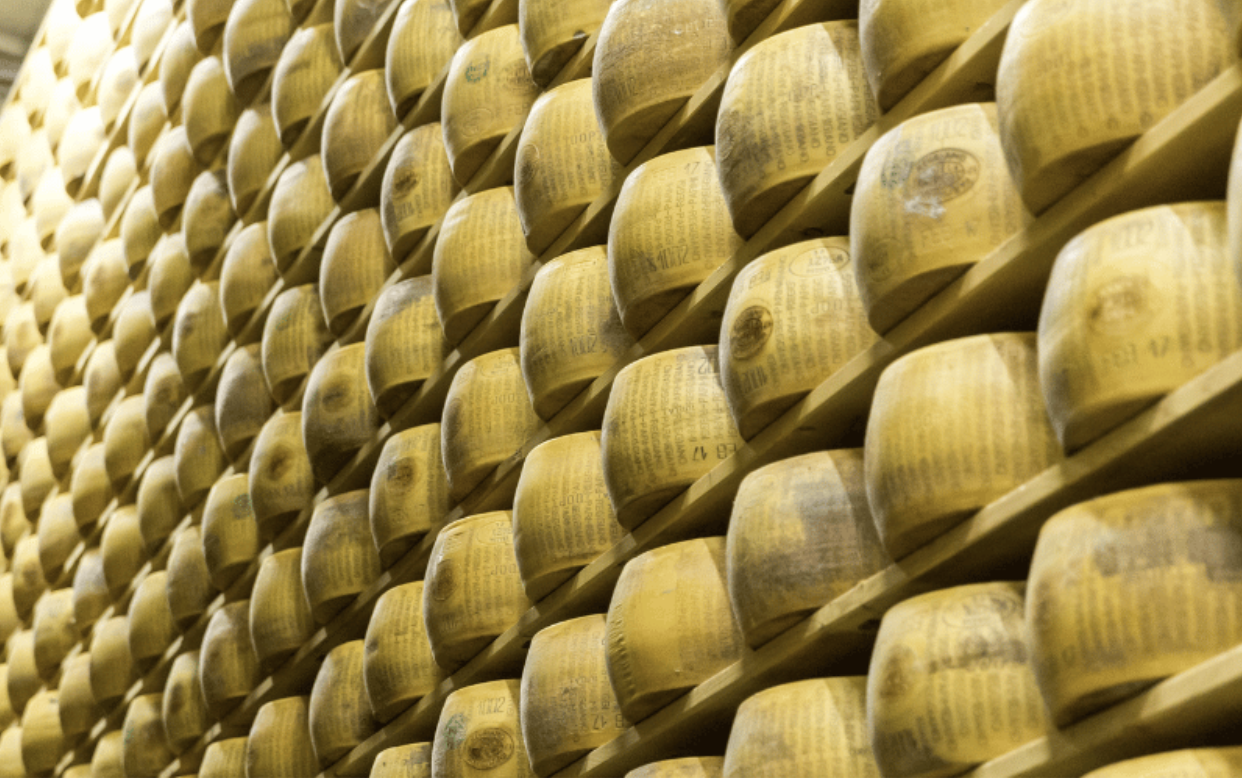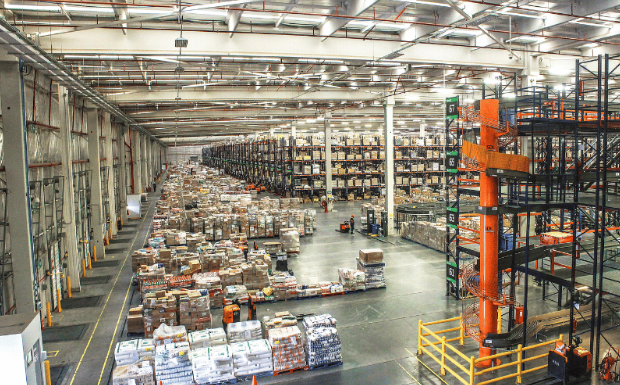By using our website, you agree to the use of cookies as described in our Cookie Policy
Which Region is the Largest Producer of Cheese

Cheese is one of the most beloved and versatile food items in the world. It comes in various textures, flavors, and varieties, making it a staple ingredient in numerous culinary creations. From gooey melted cheese on a pizza to crumbly Parmesan sprinkled on pasta, this delectable dairy product has found its way into the hearts and palates of people across the globe. But have you ever wondered which region is the largest producer of cheese? In this blog, we will explore the answer to this question and cover some fascinating facts about cheese production around the world.
The Global Phenomenon of Cheese Production
Before determining which country produces the most cheese, we must understand that cheese-making is a global phenomenon. Cheese production takes place in numerous corners of the world, each with its unique traditions, techniques, and flavors. Many factors influence the process, such as climate, geography, and the local dairy industry.
Europe: a Continent of Cheese Excellence
When it comes to cheese production, Europe undoubtedly reigns supreme. The continent boasts a rich history of cheese-making, with countless traditional varieties hailing from different regions. European countries are renowned for their high-quality cheeses, and their long-standing traditions have made a significant impact on the industry.
France
Among these European nations, France stands out as a cheese lover's paradise. With over 400 distinct types of cheese, it is no surprise that France has a well-deserved reputation as one of, if not the largest producer of cheese. French cheeses have become culinary icons, from the creamy and aromatic Camembert to the pungent Roquefort and the versatile Comté.
Italy
Italy, another European country steeped in cheese-making history, is known for producing a wide range of beloved cheeses. The country's most famous cheese, Parmigiano-Reggiano (or Parmesan), has become a household name worldwide. Additionally, mozzarella, gorgonzola, and pecorino are just a few of the many Italian cheeses that have gained international recognition.
Switzerland
Switzerland, famous for its picturesque landscapes and Swiss banks, is also renowned for its flavorful cheeses. Emmental, the classic cheese with its signature large holes, and Gruyère, a semi-hard cheese known for its nutty taste, are just two of the many Swiss cheeses that have become staples in cheese boards and fondue pots worldwide.
The Netherlands
Meanwhile, in the Netherlands, Gouda cheese reigns supreme. Named after the city of the same name, Gouda is one of the most popular and widely recognized cheeses in the world. It is produced in artisanal farms and large-scale factories, ensuring a steady supply of this delicious cheese.
While Europe has carved out a dominant role in the cheese production landscape, it's worth noting that other regions also contribute significantly to the global cheese market.
The United States: an Emerging Cheese Powerhouse
Cheese production in the United States has grown at an impressive rate and produced remarkable volumes. Over the years, the U.S. has become a major player in the global cheese industry. With a combination of large-scale industrial production and a vibrant artisanal cheese-making scene, the United States now boasts an extensive range of cheeses, rivaling many European countries.
Wisconsin
Often dubbed "America's Dairyland," Wisconsin produces an astonishing amount of cheese each year, earning it a spot in the top ranking of cheese-producing regions in the world. The state's rich dairy farming heritage, favorable climate, and skilled cheese makers contribute to Wisconsin's reputation as a cheese mecca.
California
On the other hand, California has made its mark in the cheese industry by fostering a thriving artisan cheese culture. From the lush pastures of Sonoma County to the rolling hills of Humboldt County, California boasts a wide array of artisanal cheeses, many of which have garnered awards and recognition on both national and international stages.
Other Regions: a World of Cheese Diversity
While Europe and the United States dominate the cheese production industry, other regions worldwide also contribute to the dynamic and rich tapestry of global cheese production.
Australia
Australia has experienced notable growth in its cheese industry over the past few decades. The country's dairy farmers have embraced cheese-making, producing a diverse range of cheeses that reflect both European traditions and innovative approaches. From the creamy and tangy Australian cheddar to the distinctive blue cheese varieties, Australian cheeses are gaining popularity both domestically and internationally.
South America
In South America, countries such as Argentina and Brazil have also seen a rise in cheese production. These nations, once known primarily for their beef exports, now showcase their cheese-making skills through a range of unique and flavorful cheeses. Argentina's queso de campo and Brazil's queijo de coalho are examples of cheeses that have become integral to the culinary traditions of their respective countries.
Other Emerging Players in Cheese Production
Several emerging players are gaining recognition for their contributions to this flavorful world. With their unique culinary traditions and innovative approaches to cheese-making, these regions are making their mark on the global cheese map.
New Zealand
New Zealand has emerged as a significant player in the cheese production scene. The country's fertile pastures, clean air, and commitment to sustainable farming practices have laid the foundation for a thriving dairy industry.
One of the country’s most notable contributions to the cheese world is its award-winning sheep's milk cheeses. Sheep’s milk makes for exceptional cheese varieties. From the sharp and tangy blue cheese to the delicate and buttery feta, New Zealand's sheep's milk cheeses have garnered praise from cheese enthusiasts around the world.
China
China is not traditionally associated with cheese production. However, its dairy industry is experiencing significant growth, and cheese consumption in the country is on the rise. With a rapidly expanding middle class and a growing interest in Western cuisine, China's cheese market has become a major focus for both domestic and international cheese producers.
To meet the growing demand for cheese, China has invested heavily in its dairy industry, with an emphasis on increasing milk production and improving cheese-making techniques. This investment has resulted in a rise in domestic cheese production, with traditional Chinese and Western-style cheeses becoming more readily available.
Wrapping Up
While Europe remains the largest cheese producer in the world, particularly with countries like France, Italy, and Switzerland leading the way, the United States and other regions have made significant strides in recent years. From the dairy farms of Wisconsin to the artisan cheesemakers of California, the United States has firmly established itself as a force in the global cheese market. Also, countries like Australia, Argentina, and Brazil are joining the cheese-making ranks, showcasing their unique flavors and contributing to the diversity of the cheese world.
So, which region is the largest producer of cheese? Ultimately, it's a complex question with multiple answers. Each of the places we mentioned brings something special to the table and adds to the global love affair with cheese. Whether it's the robust flavors of European classics or the innovative creations emerging from other parts of the world, one thing’s for sure – cheese will continue to captivate our taste buds for generations to come.
‹ Back








